- Learning time
- 60 minutes
- First play time
- 150 minutes
Vindication
Designed by: Marc Neidlinger
In Vindication, you all begin the game washed up on an island, tormented by your shameful past and uncertain of what your future holds. As the game progresses, you discover your destiny: adding companions to your party, discovering magical relics, developing traits, maybe even defeating monsters. For this is a ‘sandbox’ game, where every play is different to the last, and only by the telling of the story can you discover who wins: by gaining the most honour by the time it’s all over.
The large board is placed on the table and on it are stacked a number of card decks representing the elements mentioned above. Players pieces start at the edge of the board, and place two landscape hexes (drawn from a bag) either side of them: you don’t travel the hexes themselves, but the small triangles between them. At the start, you have one solitary companion – the person who found you washed up on the shore – who is also drawn randomly from the decks. Each player also has two secret quests, and a power board with a bunch of cubes on it – we’ll come to what those do shortly.
Every turn in Vindication you have three actions to take: Move, Visit a Region, Activate – and you can do them in any order you like. Moving, as you might expect, is travelling around the board – two spaces at a time at the start of the game, but there are means to increase your speed during play. If you are adjacent to empty spaces, you pull hexes from the bag to fill them. Visiting a Region is fairly simple too: either before or after movement, you can visit one of the hexes you’re adjacent to, and take the action associated with it: fight a monster, find a companion or relic/trait, etc. Activation refers to either your own character or a companion: when a character is activated they immediately provide some kind of benefit – usually to do with the attributes of the game.
Because to undertake all these daring adventures requires something from you – strength, intelligence, knowledge – and this is where your cubes come into play. On your power board you have 8 cubes of potential, 8 of influence, and 2 of conviction. By visiting regions or activating a companion (by placing influence on the companion card) you can turn influence into one of these basic attributes – placing a cube in the relevant place on the board. You can even – as a bonus free action – turn two basic attributes into an advanced attribute: wisdom, courage, or vision. Why are you doing all this? Because these attributes are the engine that powers your journey: taking on monsters requires courage, for instance, and gathering a relic will take wisdom. What initially seems to be a slightly oddball shuffling around of cubes comes into focus as a narrative, and the first-play experience speeds up considerably.
Worth noting that there are other bonus (free!) actions too: such as taking control of a hex in order to score points whenever an opponent visits – this control is how you spend your conviction cubes. You can recover influence by removing cubes from anywhere you’ve played it – but this can be costly as removing influence from a companion will cause them to leave your party – and you can Vindicate yourself, assuming you meet the criteria, by flipping your own character card over – becoming more powerful, and scoring more points in the process.
Though in some ways it seems like an afterthought, it’s really important to note that you can forego your visit a region action in order to improve your power board instead: turning a potential into influence, or an influence into conviction. It might seem like a substandard move, but having a good economy of influence cubes is important, and using up all your potential is the only way to vindicate yourself.
How Vindication ends is an intriguing part of the narrative. At the start of the game two random endgame ‘triggers’ are revealed from a deck of cards – it might be as soon as one player has six characters, or there are more relics in play than the number of players. But at strategic points along the scoretrack more triggers are revealed, giving the game’s ending an escalating tension. When the final round is played out, points are scored for secret quests and any other end-game bonuses (such as monsters slain) along with the player’s powers in the six attributes (measured by counting cards in the six colours) – and the player with the most honour wins.
Not enough for you? That’s just the basic game: in the box are a heap of different tiles you can mix in to change the game next time you play, plus a bunch of miniatures and chits etc. Just be sure to follow the basic tile-mixing guide in the rulebook.
The guru's verdict
-
Take That!
Take That!
Unless you mix in some of the nastier expansion elements, it's not as combative as the theme (and the miniatures) make it seem. Players can interact in small ways, potentially blocking routes or taking control of a hex from each other - but there's no direct conflict.
-
Fidget Factor!
Fidget Factor!
Although the tiles and the attributes system make it seem slightly abstracted, Vindication is a story game and it does move along quite zippilly once you're through the door.
-
Brain Burn!
Brain Burn!
Happily not as nuts as the first impression might make. Essentially you're looking for ways to score points, and playing reactively to the 'shape' of the island (how the tiles come out) and tactically improvising depending who your companions are and what situation you're in. You need to bear those secret quests in mind too - they can be absolutely pivotal.
-
Again Again!
Again Again!
Huge variation here - even with the base game you'll only see a fraction of the available cards in a given play, and then the expansions in the box offer even more variety.

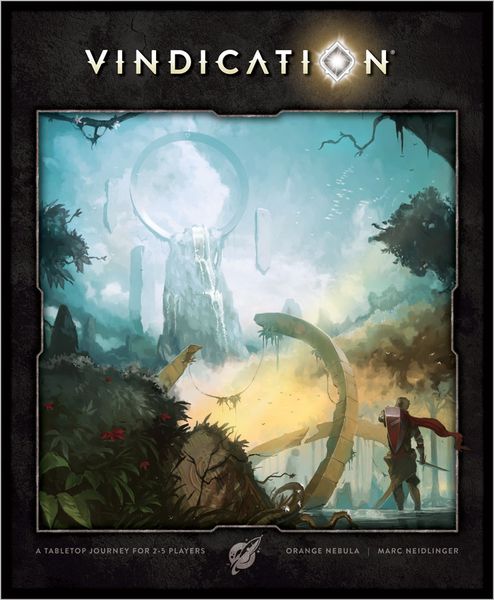
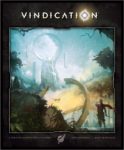
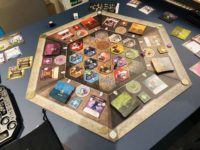
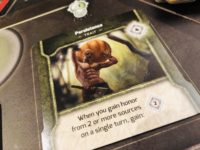
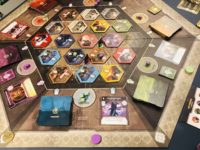




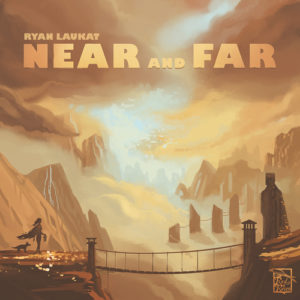

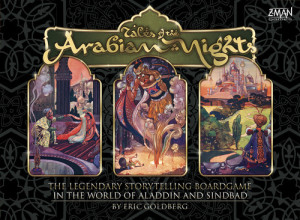

Sam says
Vindication doesn't immediately sell itself to anyone not into the fantasy theme. And I'm not massively into fantasy themes myself - when I saw the sheer deluge of cards and the plastic miniatures, I didn't anticipate just how much fun the game would be. Why? Because although it has a slightly abstracted air around the attribute system, it's nowhere near as complicated as you might fear. Move/Activate/Visit: that's it, turn over. Yes, you need a couple of plays before you hit the rapid speed Vindication is capable of, but for me it was really worth it. It's a story, and a sandbox game (multiple options with no linear path) in one, with a tantalising, tension-inducing end-game finale. And a lot of fun - one I can see myself returning to again and again, in fact.